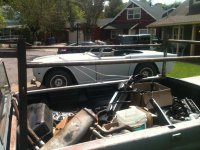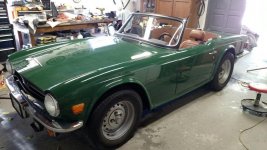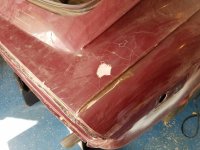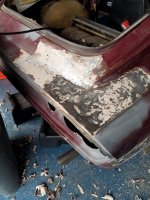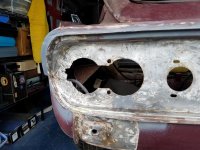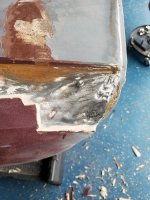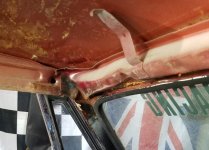Nahhh, you're not in over your head.
Your car sounds a lot like mine. I had to replace the floors and rockers. Then, when I stripped it for painting, I found that almost every panel had been dented at some point. A few of the dents were competently repaired, but most had thick layers of bondo, sometimes applied over untreated rust!
Anyway, I sanded it all off, hammered the dents out better, reapplied the body filler, and painted it. One panel at a time. At the outset, I had virtually zero experience at this, but it all seemed pretty logical and I more or less figured it out. I'm a lot better at it now than I was at the start--and that's the idea, right? Same thing will happen to you. When you're finished, it won't be perfect, but you'll be intensely proud of it.

 Hi Guest!
Hi Guest!

 smilie in place of the real @
smilie in place of the real @
 Pretty Please - add it to our Events forum(s) and add to the calendar! >>
Pretty Please - add it to our Events forum(s) and add to the calendar! >> 
